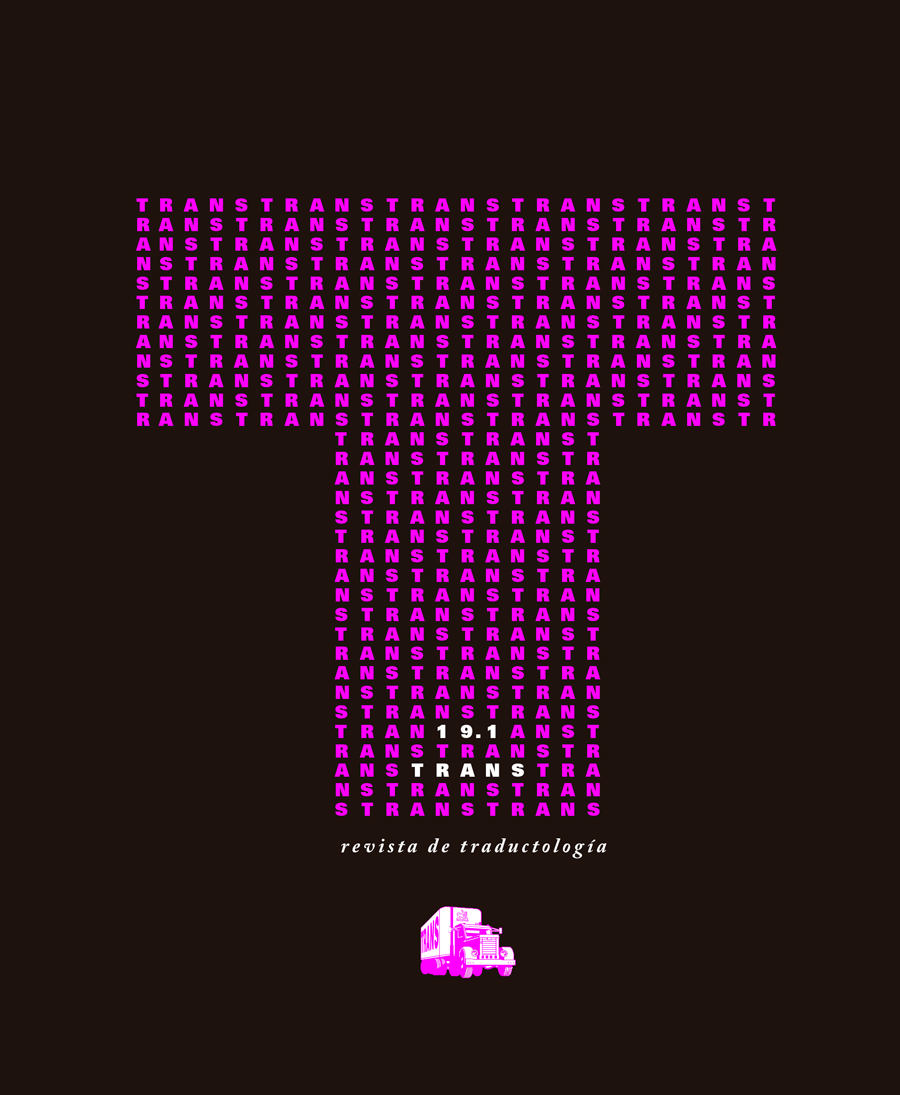Looking back while going forward: 15 years of legal interpreting in the eu
DOI:
https://doi.org/10.24310/TRANS.2015.v1i19.2082Keywords:
legal interpreting, interpreting research, interpreting profession, European UnionAbstract
Over the years the European Union has evolved from a predominantly political and socio-economic enterprise and become increasingly proactive in the area of justice, the so-called ‘Third Pillar’. The Maastricht Treaty (1993) introduced justice and home affairs as «matters of common interest» for the EU but it was the Amsterdam (1999) and Nice (2000) Treaties which really set out the ambition to shape the EU into «an area of freedom, security and justice». Following the Amsterdam Treaty (1999), the European Council laid down the priorities for Justice and Home Affairs in three subsequent five-year programmes (‘Tampere’, ‘The Hague’ and ‘Stockholm’). From the beginning the issue of access to and quality of interpreting (and translation) featured as one of the major fundamental rights and procedural safeguards to be ensured in criminal proceedings. The end of 2014 marks a turning point as the Stockholm Programme comes to an end. Therefore, it seems the time has come to take stock. This contribution surveys 15 years (1999-2014) of European and national legislation, of academic activity in training and research and of professionalization of the legal interpreting and translation community, charting important objectives that have been achieved.Downloads
Metrics
Publication Facts
Reviewer profiles N/A
Author statements
Indexed in
-
—
- Academic society
- N/A
- Publisher
- Universidad de Málaga
Downloads
Published
How to Cite
Issue
Section
License
All contents published in TRANS. Revista de Traductología are protected under the Creative Commons Attribution-NonCommercial-ShareAlike 4.0 International (CC BY-NC-SA 4.0) license. All about this license is available in the following link: <http://creativecommons.org/licenses/by-nc-sa/4.0>
Users can copy, use, redistribute, share and exhibit publicly as long as:
- The original source and authorship of the material are cited (Journal, Publisher and URL of the work).
- It is not used for comercial purposes.
- The existence of the license and its especifications are mentioned.
- ShareAlike — If you remix, transform, or build upon the material, you must distribute your contributions under the same license as the original.
There are two sets of authors’ rights: moral and property rights. Moral rights are perpetual prerogatives, unrenounceable, not-transferable, unalienable, imprescriptible and inembargable. According to authors’ rights legislation, TRANS. Revista de Traductología recognizes and respects authors moral rights, as well as the ownership of property rights, which will be transferred to University of Malaga in open access.
The property rights are referred to the benefits that are gained by the use or the dissemination of works. TRANS. Revista de Traductología is published in an open access form and it is exclusively licenced by any means for doing or authorising distribution, dissemination, reproduction, , adaptation, translation or arrangement of works.
Authors are responsable for obtaining the necessary permission to use copyrighted images.













21.png)
